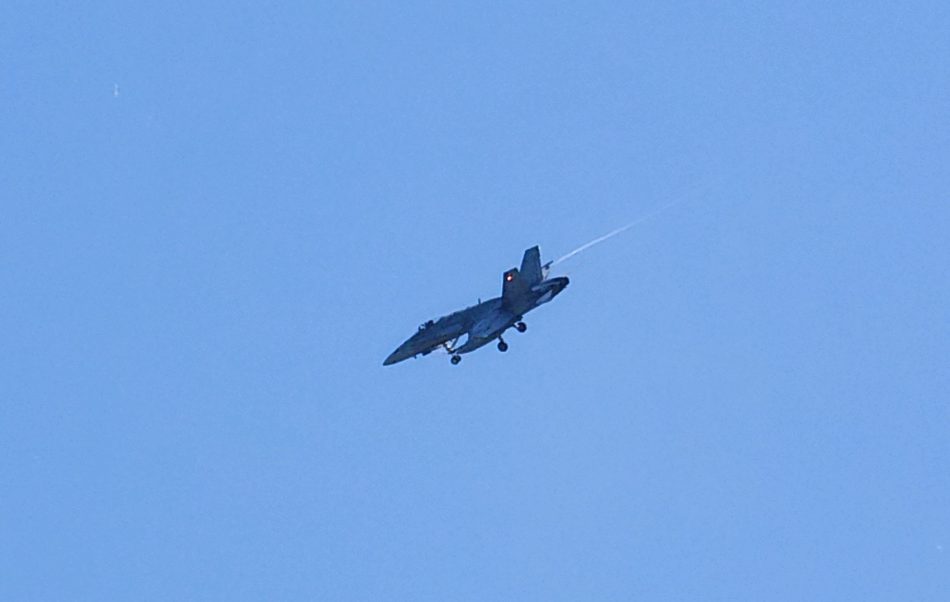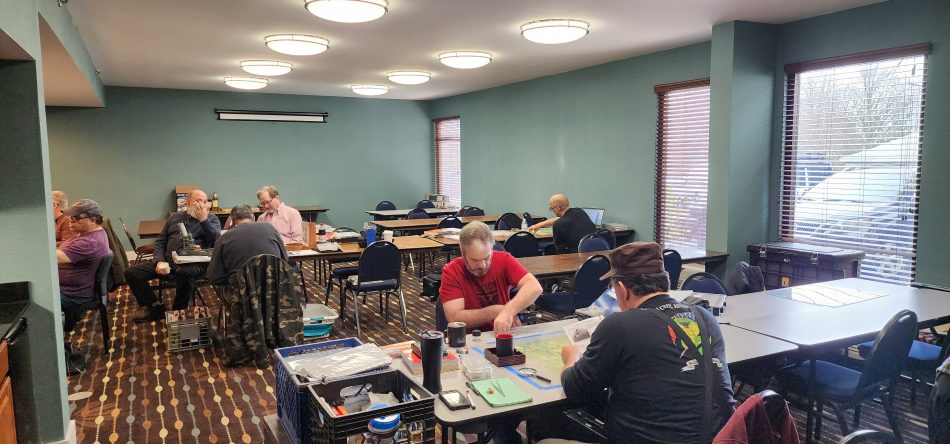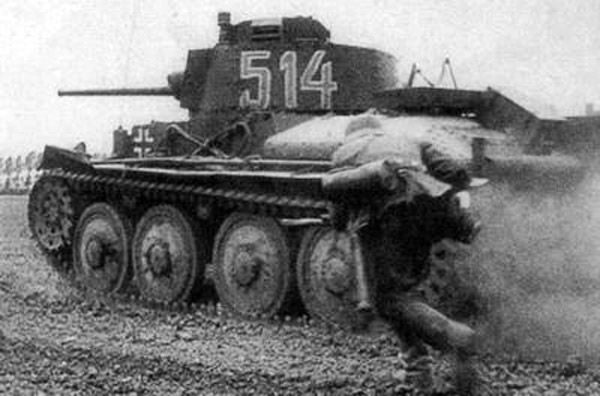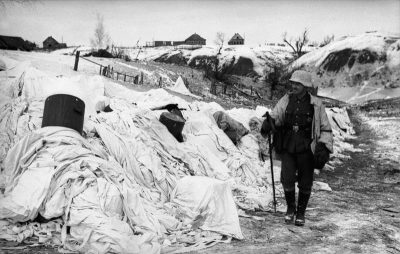ASL as a means to Mental Health
Editor’s note: This week David takes a look at how the hobby of TT Wargaming helped him through a tough emotional time. In this story, he reminds us that our games are not just about the counters, the figures, the little toy soldiers, but about the people across the table from us. The hobby can be community as well. And that can help us all.
By David Garvin
On the 4th of July this year, my mother died. She lived her last days at a hospice near the shores of the Bay of Quinte in eastern Ontario, Canada. Almost as if on cue after her passing, a pair of CF-188 Hornets of the Royal Canadian Air Force flew overhead as they conducted a series of touch-and-goes at nearby 8 Wing at Astra, Ontario. A fitting tribute, especially how much my mother loved going to the base to watch the air shows.
Personally, I was at my mother’s side in her last days, being able to visit with her while she was still lucid and able to ensure that her spiritual needs were fulfilled and being able to pray in her presence, finishing with an Angelus for her less than an hour before her death.




 By David Garvin
By David Garvin By David Garvin
By David Garvin